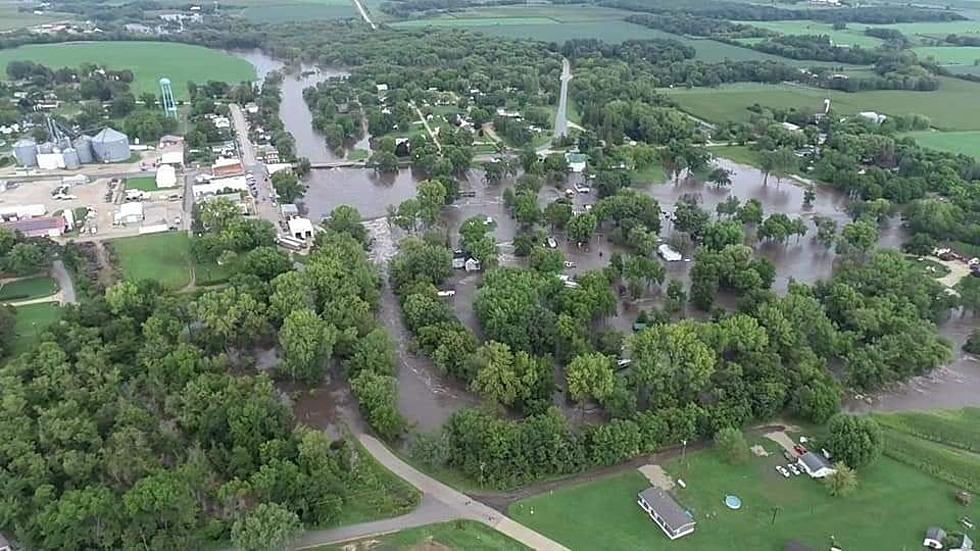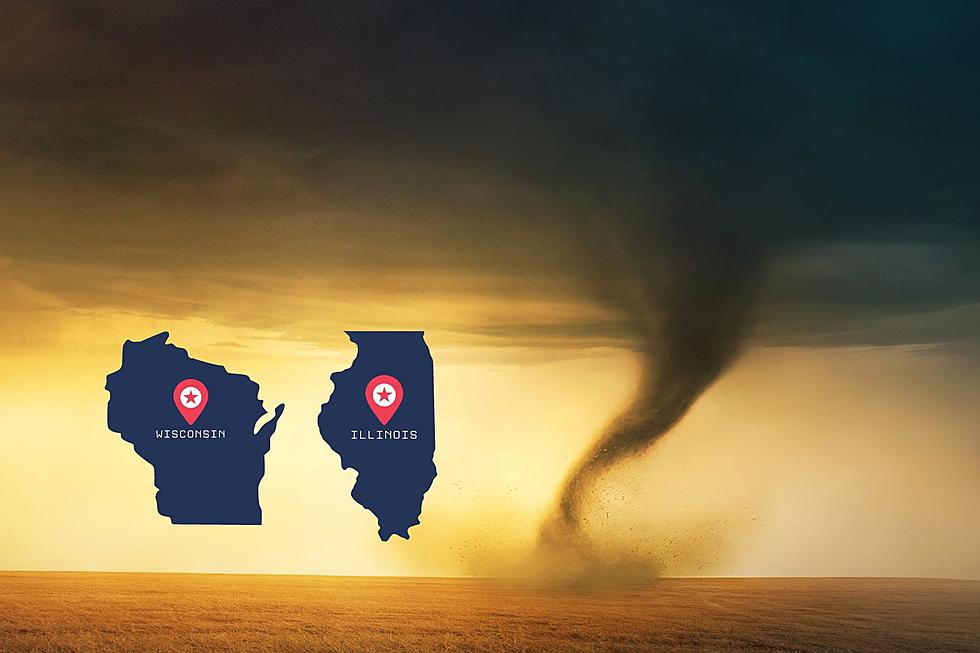
Iowa Governor Issues Disaster Proclamation For 11 Counties

Gov. Kim Reynolds has issued a disaster proclamation for 11 counties in response to recent severe weather.
Widespread flooding is occurring in northeast Iowa after heavy rains late last week caused several rivers and tributaries to overflow their banks. In recent days, flood warnings have been posted for all or parts of the Cedar, Turkey, Upper Iowa and Wapsipinicon rivers.
On Monday, Reynolds issued the disaster proclamation for the following counties: Allamakee, Buchanan, Cerro Gordo, Chickasaw, Clayton, Emmet, Floyd, Howard, Lyon, Palo Alto, and Winneshiek. The governor's proclamation allows state resources to be utilized to respond to and recover from the effects of the flooding and last week's storms.
Reynolds' action activates the Iowa Individual Assistance Grant Program, which provides assistance of up to $5,000 for qualifying residents. Grants are available for home or car repairs, replacement of food or clothing, and temporary housing expenses.
Households with incomes up to 200 percent of the federal poverty level for a family or three are eligible to apply for the funding. According to a news release from the governor's office, potential applicants have 45 days from the date of the proclamation to submit a claim.
The proclamation also activates the state's Disaster Case Management Program. Cases of disaster-related hardship, injury or other adverse conditions are covered by the program.
There are no income eligibility requirements for the Disaster Case Management Program, which closes 180 days from the date of the proclamation. For more information, CLICK HERE.
Bremer and Fayette counties also sustained impact from severe weather on Aug. 24. Both counties were previously included in a disaster proclamation issued by Reynolds on Thursday that allows the same state resources to be utilized.
LOOK: The most expensive weather and climate disasters in recent decades
Sans Souci Island: The Secret Island Of Waterloo
More From Q98.5









